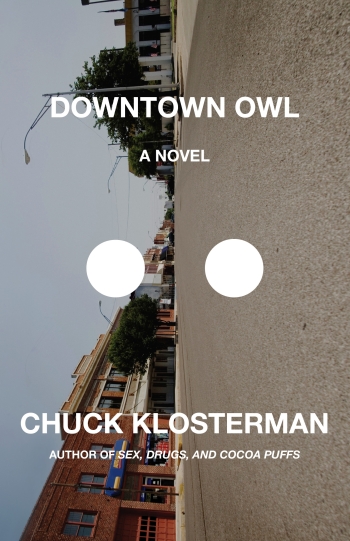By Stephen King. 1999.
Micro-King gives us essence of horror. The taste is fleeting but delicious.
Superauthor Stephen King has written monstrous tomes. The paperback for It is 1,400 pages. The Dark Tower is eight books averaging 500-plus pages.
The Girl Who Loved Tom Gordon is a short King, 200 pages, and this makes it precious. There is one character, 9-year-old Red Sox fan Trisha. She gets lost in the woods.
That’s the story: Trisha gets lost in the woods. She is alone. She follows water. She forages and sleeps in her filthy clothes. Page after page, she pushes deeper into the woods, farther from rescue.
Halfway through the book it seems impossible her plight could worsen. She is beat-up, starving, and horribly ill. Wasps have attacked, leaving sores, and mosquitoes are constantly on her, feasting. Yet there are still so many pages left, and she’s such a nice, normal kid that you feel dreadful. She’s such a nice, normal kid that you must see this through.
The horror begins.
The scares are in her mind and the woods both. Sick and tired to delirium, she hallucinates: friends; her hero, Red Sox pitcher Tom Gordon; and a malevolent priest-like nightmare man.
Or is she hallucinating? This is King, right? He doesn’t fuck around. The author explicitly tells us that something is following Trisha, getting close enough that she can feel it watching. Waiting.
She calls the thing hunting her the God of the Lost. Spirituality and faith are crucial to this story, but not religion. When Trisha manages, amidst fear and loneliness, to pick up a Red Sox game on her Walkman, her soul lifts. Her favorite player’s presence is with her literally (his signature on her cap) and spiritually (she sees his ghost). Baseball works for Trisha as a much better salve than religion.
But that don’t mean she’ll live. King kills kids all the time. (His characters, I mean.) The stakes in this tiny novel, then, could not be higher. To kill Trisha, the God of the Lost must best the spiritual power of baseball. If it can do that, all hope is lost.







